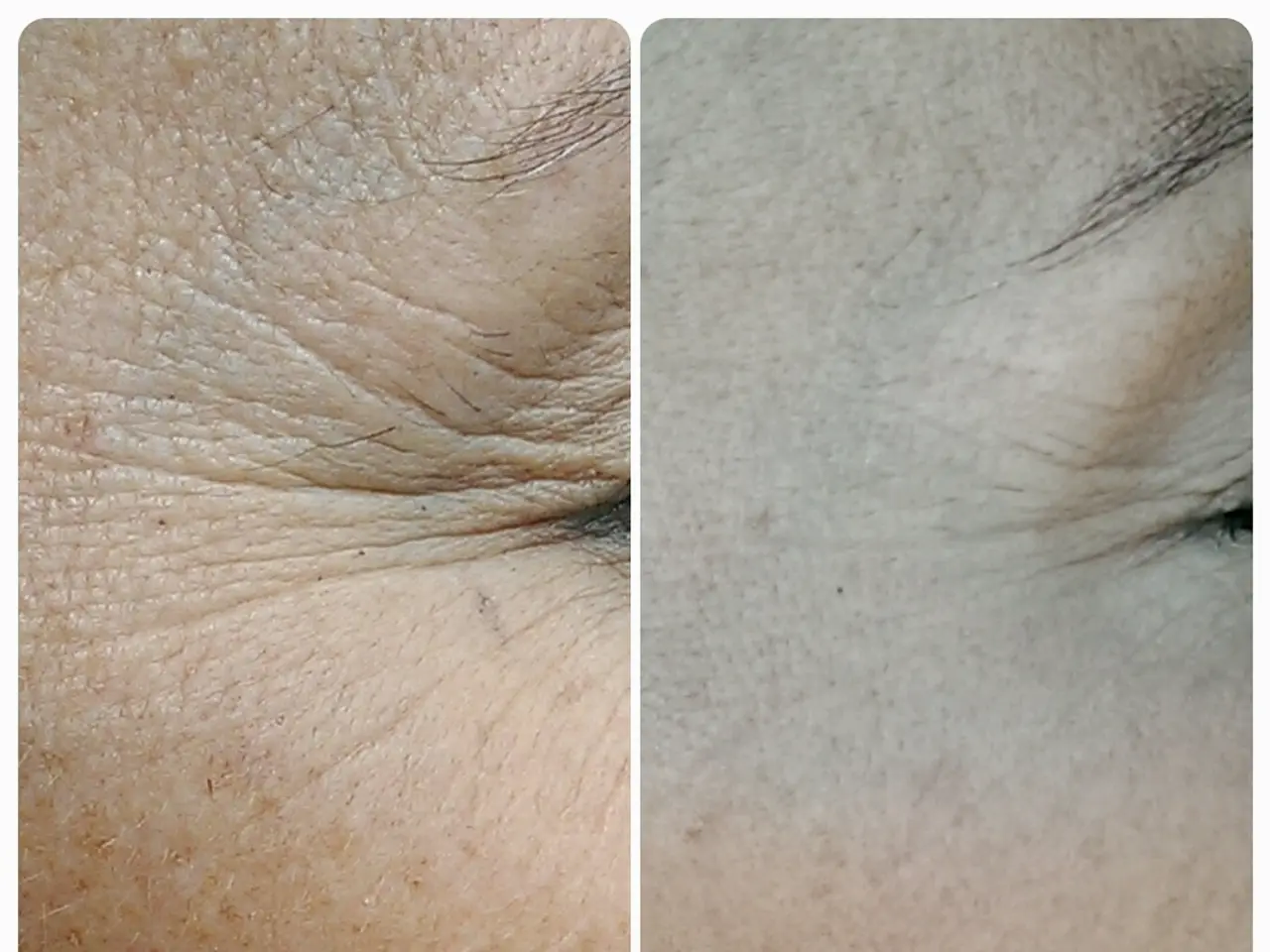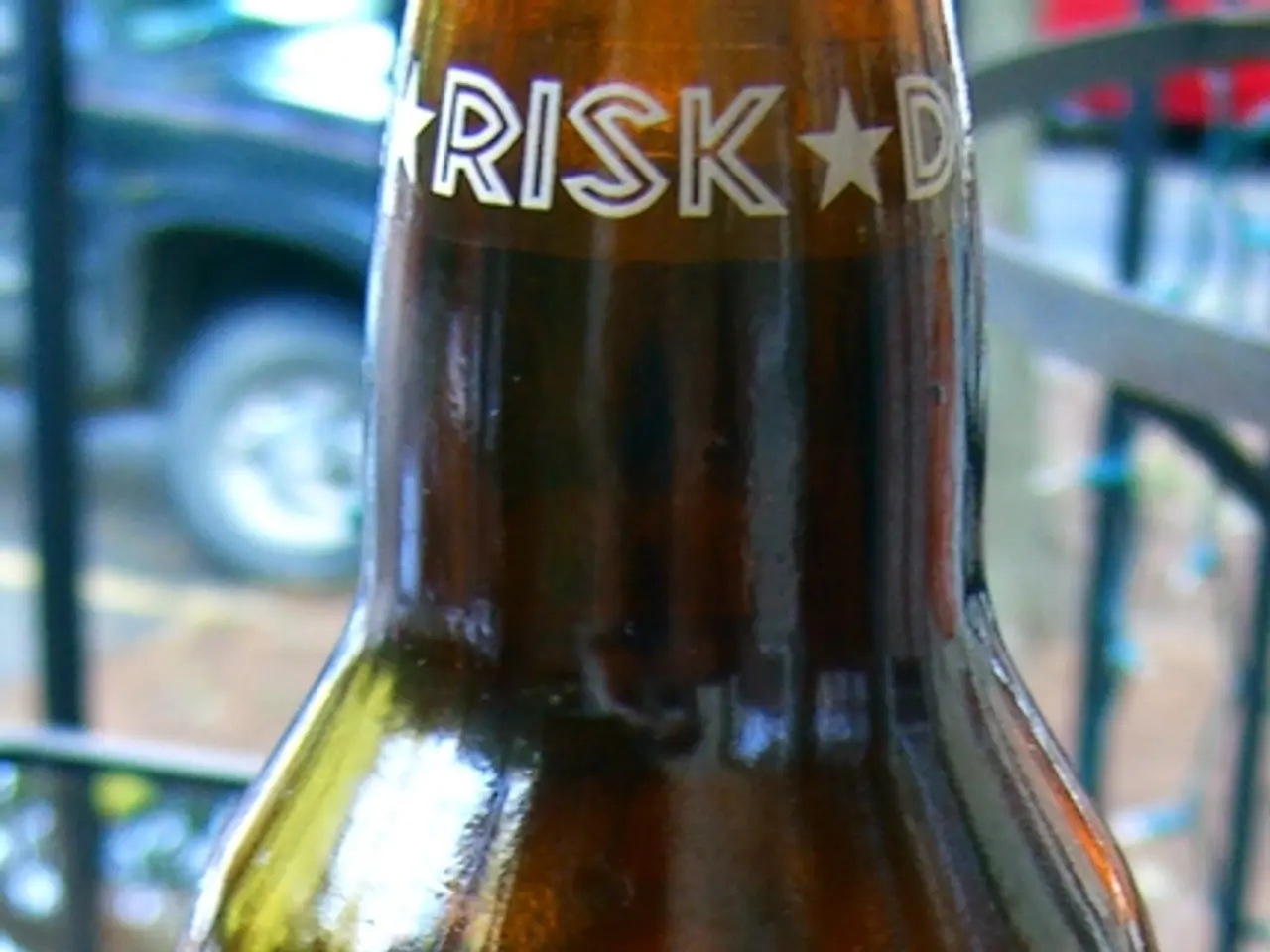Investigating the Complexities of Lichen Sclerosus: A Comprehensive Look at This Medical Condition
Lichen Sclerosus (LS) is a chronic inflammatory skin condition that primarily affects the vulva and perianal region, though it can occasionally present elsewhere. This article aims to provide a structured approach to understanding the symptoms, diagnosis, treatments, and community support for LS.
Symptoms of LS often include persistent itching, pain, thinning of the skin, and visible changes such as white patches, scarring, or bruising. In advanced cases, it may lead to significant discomfort, sexual dysfunction, and, rarely, an increased risk of vulvar cancer.
Diagnosis is typically clinical, based on visual examination, and may be confirmed by a skin biopsy. Medical professionals with experience in dermatology or gynecology are best positioned to diagnose LS, as it is frequently misunderstood or misdiagnosed.
Treatment aims to reduce symptoms and prevent complications. First-line therapy usually involves potent topical corticosteroids to reduce inflammation and itching. Regular follow-up is important due to the chronic nature of the condition and the risk of progression or recurrence.
Non-profit organizations like the Lichen Sclerosus Support Network offer evidence-based education, resources, and community support to empower those affected by LS. Participating in support groups or online communities can provide emotional support, practical advice, and a sense of connection for those managing this chronic condition.
To build a comprehensive understanding of LS, consider referring to peer-reviewed journals and clinical guidelines, seeking care at multidisciplinary vulvar clinics, and engaging with patient-led organizations and online support groups. Working closely with healthcare providers who have specific expertise in vulvar diseases is also crucial.
Early diagnosis and treatment are crucial to minimizing complications such as skin cancer. Recognizing early symptoms of LS is crucial for individuals to seek help. Consulting a healthcare professional is the first crucial step in diagnosing LS.
By combining information from reputable medical sources, seeking specialized clinical care, and connecting with patient communities, you can build a comprehensive understanding of Lichen Sclerosus and find effective support.
- Utilizing resources from reputable medical sources, such as peer-reviewed journals and clinical guidelines, can provide valuable insights into the chronic skin condition, Lichen Sclerosus (LS), including its symptoms, diagnosis, treatments, and community support.
- In addition to seeking care at multidisciplinary vulvar clinics, engaging with patient-led organizations and online support groups focused on LS can offer emotional support, practical advice, and a sense of connection for those managing this condition.
- As Lichen Sclerosus largely affects the vulva and perianal region, it is essential to consult a healthcare professional with expertise in vulvar diseases for accurate diagnosis and targeted treatment.
- Fashion and lifestyle magazines can contribute to raising awareness about lesser-known medical conditions, such as Lichen Sclerosus (LS), by featuring informative articles and interviews with medical professionals and patients.
- Beyond supporting those affected by Lichen Sclerosus (LS), it is crucial to address the broader topic of women's health, establishing support networks for various conditions that impact the female body, such as skin conditions, medical-conditions, health and wellness, and women's health.




